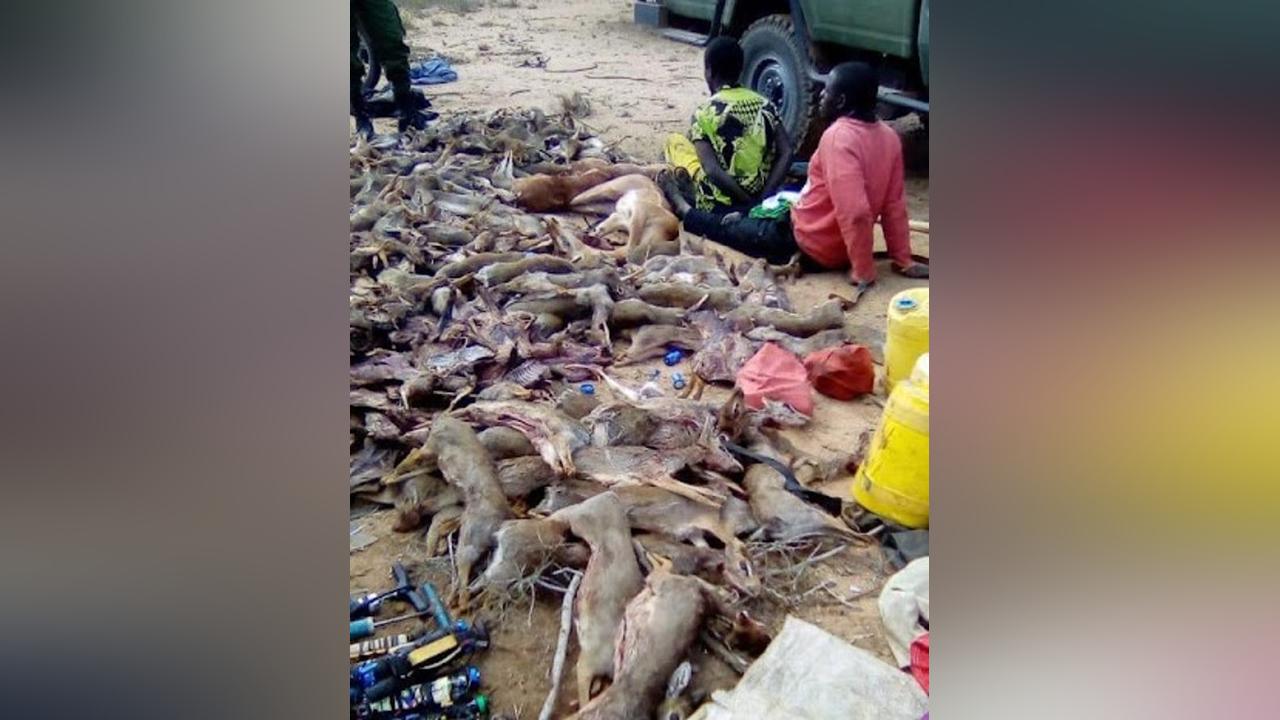Africa-Press – Eritrea. Scientists have urged countries to be extra vigilant as another pandemic even worse than Covid-19 could be in the offing.
The Covid-19 pandemic, which was first confirmed in Kenya on March 12, 2020, is suspected to have been spread to humans from animals sold in Wuhan, China.
According to an update from the Ministry of Health, the total confirmed positive cases of Covid-19 as of September 21, 2022, was 338,371, with cumulative tests standing at 3,876,242.
The total recoveries stood at 332,600 with the total fatalities standing at 5,675.
At the initial stages of the outbreak, some victims were buried in the dead of the night, ostensibly to prevent the virus from spreading.
The pandemic devastated the global economy.
Estimates from the World Health Organization showed that the full death toll associated directly or indirectly with the pandemic (described as “excess mortality”) between January 1, 2020, and December 31, 2021, was approximately 14.9 million.
In a chilling warning on Wednesday, scientists cited the exploding population leading to the encroachment of protected areas, impacts of climate change and the spiralling consumption of bush meat.
Daniel Mdetele, a scientist who works for Traffic International East Africa, told a webinar that there is a high possibility of other outbreaks and there is a need for vigilance.
“Indeed, the human population is increasing, and as the human population is increasing, I think it puts pressure on the ecosystem. As a result of this, because systems are distracted and climate change is happening now, frustration is getting worse and encroachment into protected area areas is increasing. Indeed there’s a higher possibility of having other pandemics in the future,” he said.
Mdetele was one of the experts who addressed journalists from across East Africa during the webinar titled ‘The Story behind bush meat: The Relationship between Rising Viral Diseases and Diminishing Animal Communities’.
Other experts included Africa Wildlife Foundation Tsavo-Mkomazi landscape’s Kenneth Kimitei and Wildlife and Protected areas manager WWF Uganda Daniel Ndizihiwe.
Mdetele said the increasing consumption of bush meat, which has been linked to the spread of diseases, is likely to worsen matters.
“Wildlife harbour zoonotic disease pathogens with no clinical illness. Bush meat handling and processing put people in contact with wildlife blood and tissues and increases the risk of disease transmission,” he warned.
Mdetele said the unknown pathogens will further complicate matters, adding that scientists have learnt lessons from the previous ones that have troubled the world.
“So the most important thing is just to get prepared, especially for scientists to develop well-equipped labs to detect early and plan for prevention,” he said.
Mdetele said there is also a need to have a budget for emergencies.
He said when livestock come into close contact with wildlife, they can become infected with zoonotic diseases that they can pass on to humans.
Common zoonosis in East Africa include anthrax, brucellosis, Rift Valley Fever and rabies, Mdetele said.
He said diseases that have jumped from wildlife reservoirs to humans through bush meat hunting and consumption in Africa include HIV, Ebola, Marburg, Monkeypox, Simian Foamy and Rift Valley Fever.
On the Ebola outbreak in Uganda, Mdetele said vigilance will be heightened in terms of following the standard.
Ndizihiwe cited the drivers of bush meat to include culture, increased demand for animal protein and limited alternatives, agricultural encroachment and livestock in protected areas, high poverty levels in communities near protected areas and minimal capacity to enforce the laws.
Others are weak policies, corruption, political instability, high food prices and the outbreak of the Covid-19 pandemic.
A six-month survey conducted in Kenya, Uganda and Tanzania between November 2020 and May 2021 showed that the consumption of bush meat is widespread.
Local enumerators were used during the survey in 18 sites, 823 traders and 1,806 consumers.
In Kenya, the survey took place in Laikipia conservancies, Maasai Mara Reserve, Tsavo National Park, Voi, Nairobi and Narok.
The survey showed that 83 per cent of Tanzanians have consumed bush meat, Uganda 78 per cent and Kenya 82 per cent.
The percentage of people who consumed bush meat more than once stood at 60 per cent in Kenya, 57 per cent in Tanzania and 64 per cent in Uganda.
During the study period, 60 per cent of Kenyans said bush meat was available anytime on demand, 17 per cent was available weekly and 12 per cent said bush meat was available once or a few times in the month.
In Tanzania, 68 per cent said bush meat was available anytime on demand while 22 per cent said it was available weekly.
Some 83 per cent of Ugandans said bush meat was available anytime on demand and 71 per cent said the meat was available weekly and 43 per cent said it was available once or a few times in the month.
In Kenya, the primary means of transporting bush meat was a motorcycle.
Ungulates bush meat was in high demand with the top 10 consumed including dik dik (65 per cent), buffalo (55 per cent), impala (40 per cent), wildebeest (38 per cent), bush pig (38 per cent), warthog (35 per cent), zebra (33 per cent), gazelle (30 per cent), eland (29 per cent) and hartebeest (25 per cent).
The experts called for the global implementation of one health approach as well as effective management through multi-structural governance.
They also called for a national ban on bush meat trade and consumption, awareness creation, adequate nutrition and alternative livelihoods among others.
Kimitei said data recorded by eight scout units within the Tsavo-Mkomazi ecosystem showed that there was an increase in bush meat poachers from April 2021 up to September.
He said snares recovered increased between January and March 2021 up to June before declining in September.
Kimitei said poverty, unemployment, climatic conditions, ignorance, cultural beliefs and quick money were the key drivers.
In the Tsavo-Mkomazi ecosystem, dik dik was most affected (38.1 per cent), impala (15.3 per cent), birds (9.3 per cent), lesser kudu (7.6 per cent), eland (6.8 per cent), zebra (5.1 per cent), warthog (4.2 per cent), buffalo (3.4 per cent) and giraffe (2.5 per cent).
Kimitei cited the strengthening of anti-poaching operations, impromptu operations and joint and concurrent operations as short-term measures needed.
The long term include alternative livelihoods such as intensive livestock production and smart agriculture, among others.
-Edited by SKanyara
For More News And Analysis About Eritrea Follow Africa-Press







